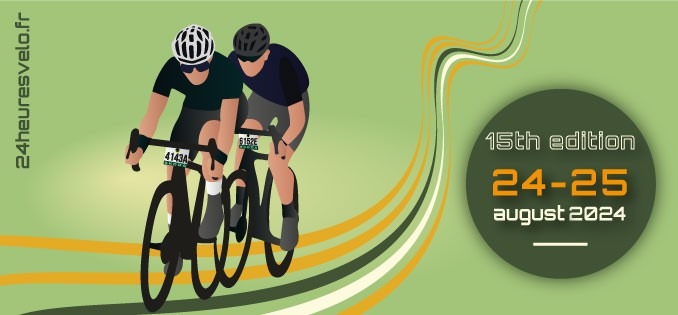Pothole compensation claims are costing UK councils 25 times more in payouts for cyclists than for motorists.
Cycling UK findings confirm that while potholes can be an inconvenience for motorists, they are more likely to cause injury, and even death, for cyclists.
The charity which runs the pothole reporting webtool and app Fill That Hole, today (Sunday 03 March) published their research to mark the launch of Pothole Watch week (03 – 09 March).
The aim of the awareness week is to encourage the public to help cash-strapped councils by reporting road defects.
Potholes aren’t just an expensive nuisance, they are ruining lives.
“Cyclists are running the gauntlet when riding on British roads following a decade of underinvestment leading to the poor state they’re currently in,” said Cycling UK CEO Paul Tuohy. “Potholes aren’t just an expensive nuisance, they are ruining lives.”
The information was obtained by the charity through a series of Freedom of Information requests to 211 highway authorities across the UK. A total of 156 responded.
The charity asked about the amount of compensation paid out to cyclists and motorists, and the number of successful claims made over the five-year period between financial years 2013/14 and 2017/18.
It discovered that while the average compensation payout per motorist was around £340, councils paid on average £8,800 per cyclist for incidents involving potholes.
According to Department for Transport figures, published after a Parliamentary Question submitted by Cambridge MP, Daniel Zeichner, since 2007, at least 431 cyclists were killed or seriously injured on Britain’s roads.
The charity says its findings show the scale of the problem is much worse than those presented by casualty stats.
The vast difference in compensation payouts between motorists and cyclists demonstrates that the UK’s underfunded local roads are adversely affecting cyclists who are being killed or seriously injured due to defective road surfaces.
































